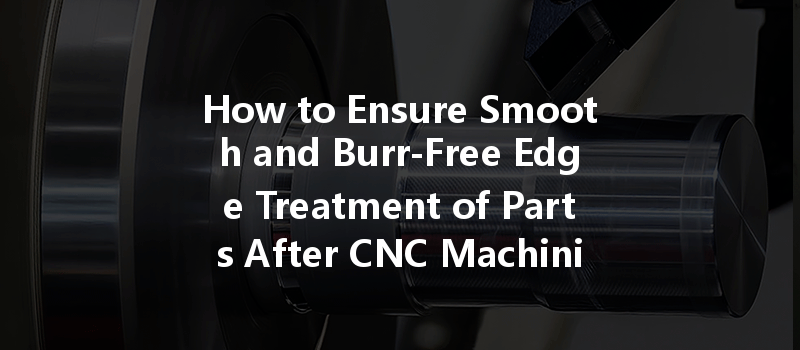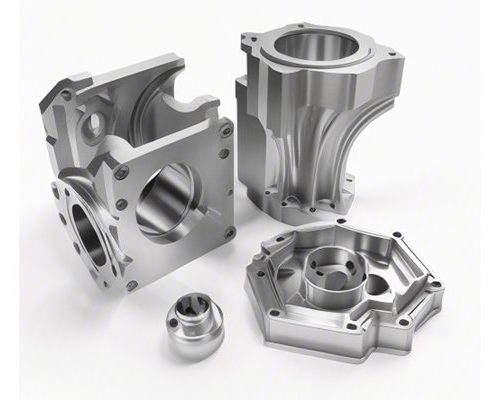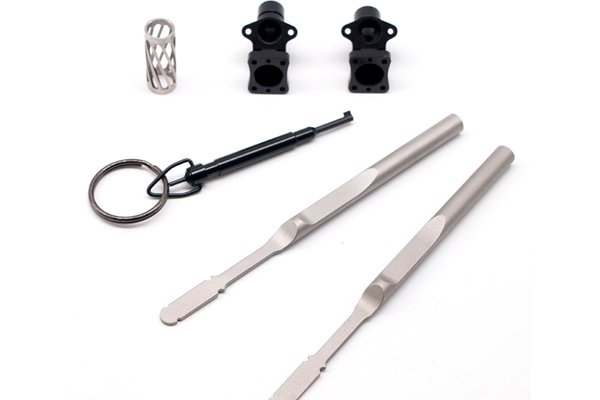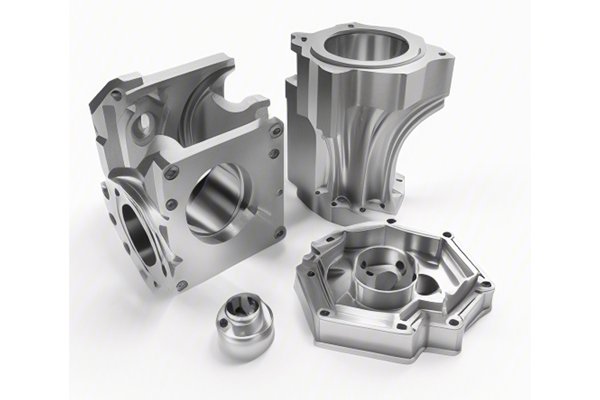: The Tune of Precision in CNC Machining
In the world of CNC machining, precision is paramount. Every facet of the manufacturing process—from the selection of materials to the final inspections—plays a definitive role in determining the quality of the finished product. Among the myriad factors that dictate quality, edge treatment stands tall, especially in ensuring components are smooth and free from burrs. At YL Machining, we pride ourselves on delivering excellence, and our mission is to educate our readers on the significance of this crucial aspect. Let’s embark on an extensive exploration of how to achieve not only acceptable but unparalleled results in edge treatment.
The Importance of Edge Treatment
Edge treatment is not merely an aesthetic finish—it’s a critical procedure that directly impacts performance, safety, and longevity. Burrs—those tiny protrusions that stick out from the edge of a machined part—can lead to various issues, including:
Recognizing these hazards compels manufacturers to implement rigorous edge treatment processes after CNC machining.
Understanding Burr Formation
Before delving into how to prevent burrs, it’s essential to understand how they form. Burrs typically emerge due to:
Now that we have an understanding of what causes burrs, let’s explore the strategies and techniques for ensuring a burr-free finish.
Techniques for Achieving Burr-Free Edges
The selection of the right cutting tool is vital. High-quality, well-maintained tools will result in sharper cuts, minimizing the potential for burrs. Factors to consider include:
Adjusting your machining parameters can prevent burrs from forming. Key aspects include:

Using software to simulate the machining process can help find the optimal balance of parameters for specific materials.
Regardless of how well the CNC machining process is executed, implementing post-machining treatments can significantly enhance edge smoothness. Here are various methods utilized:
Surface finishing plays a crucial role in ensuring burr-free edges. Techniques such as anodizing or plating can create a smoother surface. Depending on the application, each method’s effects on the overall finish and durability should be measured.
Quality Control Measures
Ensuring that parts are burr-free involves not just excellent tooling and treatment practices but also stringent quality control measures. Various technologies and methods can be applied, which include:
Future of Burr-Free Machining
As the industry grows more advanced and focused on zero-defect manufacturing, the evolution of techniques for burr prevention will continue. Emerging technologies like AI-driven analytics will not only improve real-time decision-making but also predict potential burr occurrences based on machining parameters.
: Your Path to Excellence with YL Machining
At YL Machining, we understand that achieving burr-free edges is an art and science. It requires careful consideration of tool selection, machine parameters, post-treatment processes, and robust quality checks. By investing in innovative approaches, we empower our clients to not only remain competitive but to excel in delivering superior products.
Ultimately, achieving smoothly treated edges ensures user satisfaction, operational efficiency, and longevity of parts. Our dedication to quality and craftsmanship is behind the precision our clients have come to rely upon. Together, let’s carve a path toward excellence in CNC machining, ensuring each edge is a reflection of our commitment to quality.
For more insights on how to refine your CNC processes or learn about other innovations in machining, stay tuned to YL Machining—we’re here to lead you through the maze of precision manufacturing!



